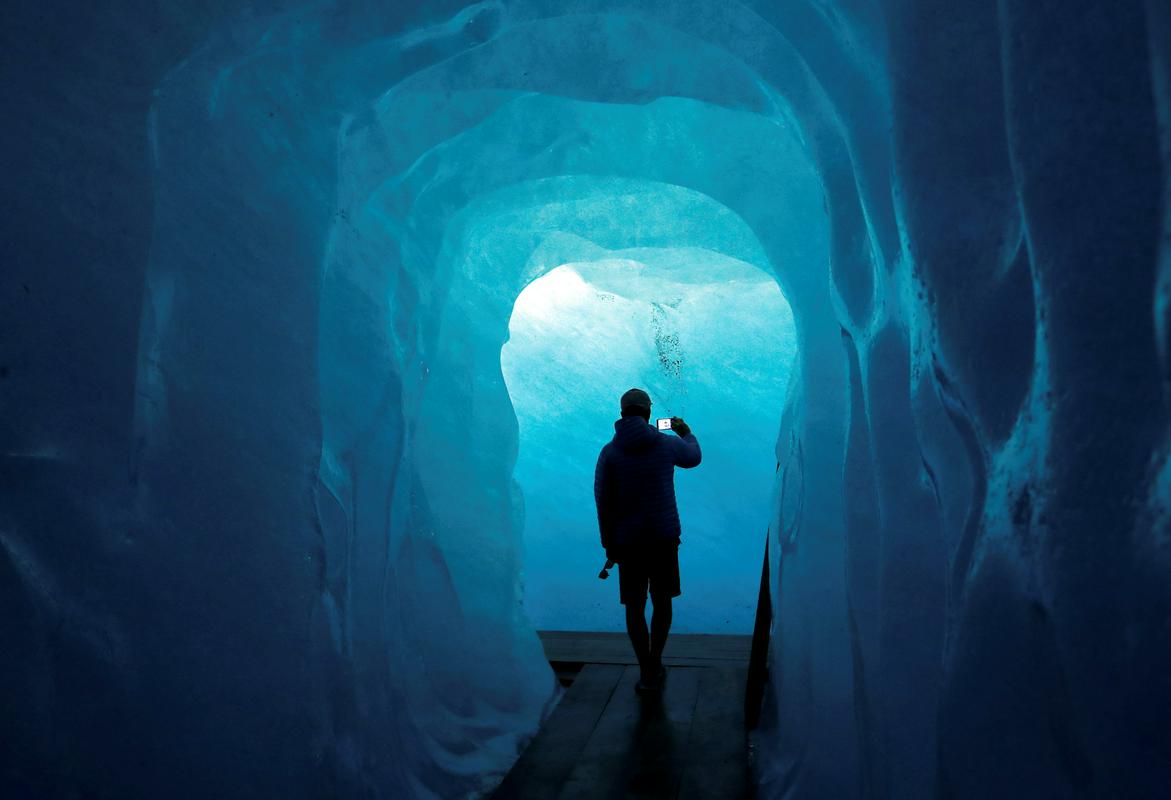
The Giant Ice Cave of Paradana is well-hidden amidst the ancient forests of the Trnovski Gozd plateau. Slovenia is well-known of its caves, but Paradana, more than a kilometer and a half in length, is one of only a few caves with permanent snow and ice.
Scientists have discovered that the snow is formed when outside water makes its way into the cave’s interior. The snow extends from the entrance to a depth of more than 100 meters; along the way, it slowly transitions to ice.
Since the 19th century, ice has been harvested from the cave and taken on carts to the nearby cities of Trieste and Gorizia. Both towns have warm Mediterranean climates and, in the era before electrical refrigeration, sorely needed a fresh supply of ice. But some of the ice was also loaded aboard ships and sent as far away as Egypt. According to speleologist Daniel Rojšek, a pound of ice was worth as much as a cow on the Egyptian market. During World War I, ice form Paradana was even shipped to soldiers on the Isonzo Front.
Meanwhile, the natural mysteries of the cave have intrigued scientists for generations. Researchers have discovered an interesting cycle in the cave. Occasionally, snow and ice forms a blockage near the entrance to the cave. This causes the temperature in the cave to rise, and the blockage eventually melts. The cycle then repeats itself.
As visitors descend down to the opening, they can observe several distinct zones of vegetation – a result of the area’s specific microclimate and temperature inversions. The interior is open only to speleologists, but by standing at the entrance, visitors get a chance to feel the icy cave environment.
The advent of electrical refrigeration eventually reduced the need for natural ice, and the Giant Ice Cave of Paradana was no longer interesting for its supply of ice. Because of climate change, the amount of ice and snow in the cave has also been decreasing. But its natural wonders have been officially protected and increasing numbers of people are now rediscovering one of the most unique caves in Slovenia.


































































